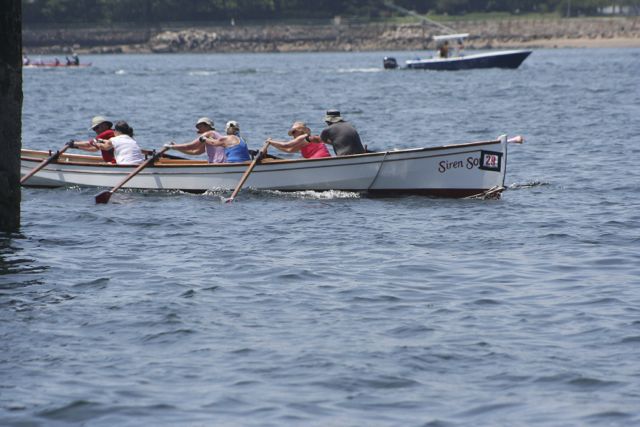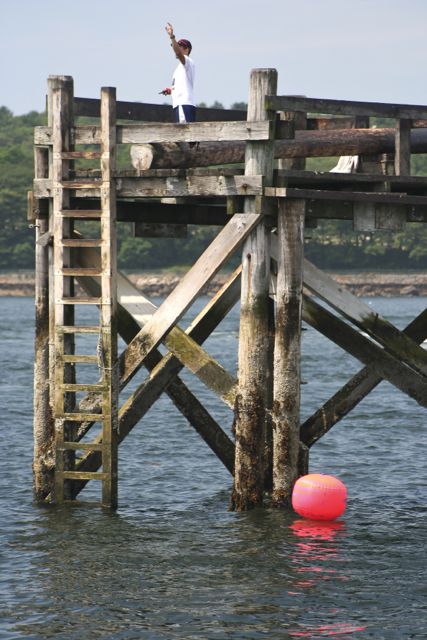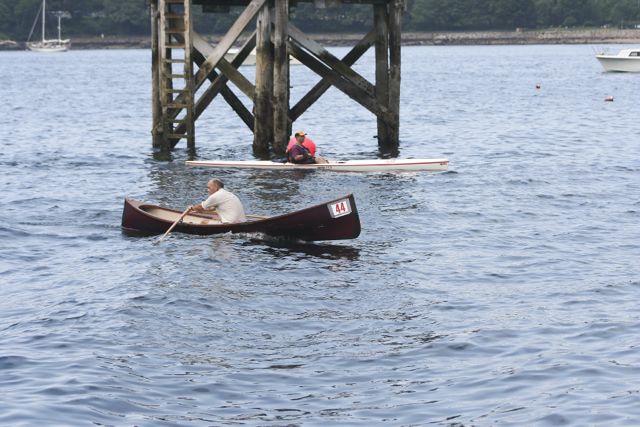This year’s exhibition will feature over thirty new watercolor paintings including work inspired by Castelli’s trip to the South Coast of England to revisit the Solent and the 2012 J Class Regatta. The Downrigging Exhibition also serves as the premier of the eleventh in the series of his Chesapeake Bay Log Canoe Prints.
Downrigging: Marc Castelli Watercolors at Massoni
The Spy Newspapers may periodically employ the assistance of artificial intelligence (AI) to enhance the clarity and accuracy of our content.




 “The Chesapeake Watershed Initiative is an incredible opportunity for Maryland schools and teachers,” said Sultana Projects Vice President Chris Cerino who will be overseeing the initiative’s programs. “Thanks to support from NOAA, the initiative’s programs are affordable for almost any school.”
“The Chesapeake Watershed Initiative is an incredible opportunity for Maryland schools and teachers,” said Sultana Projects Vice President Chris Cerino who will be overseeing the initiative’s programs. “Thanks to support from NOAA, the initiative’s programs are affordable for almost any school.”

